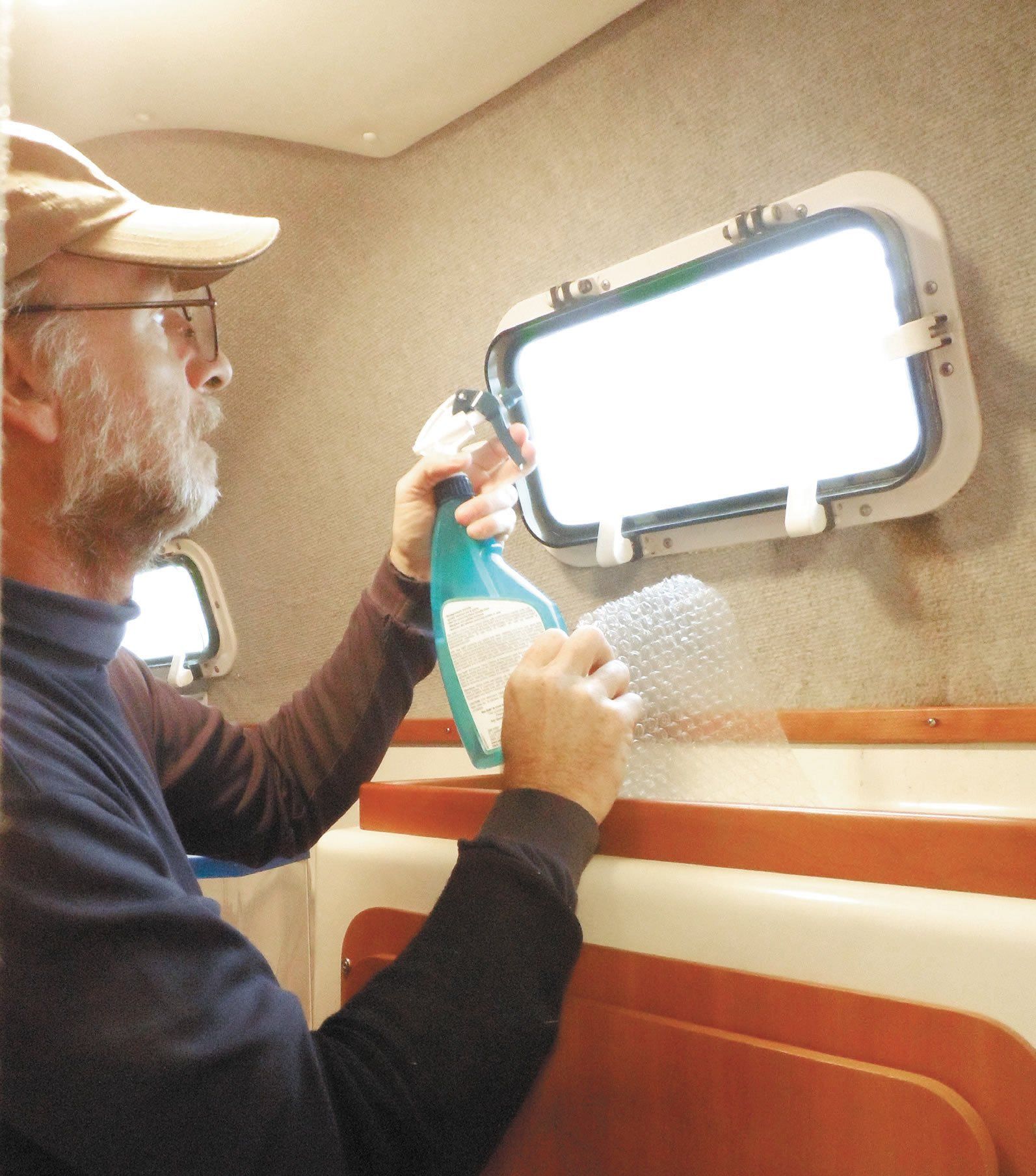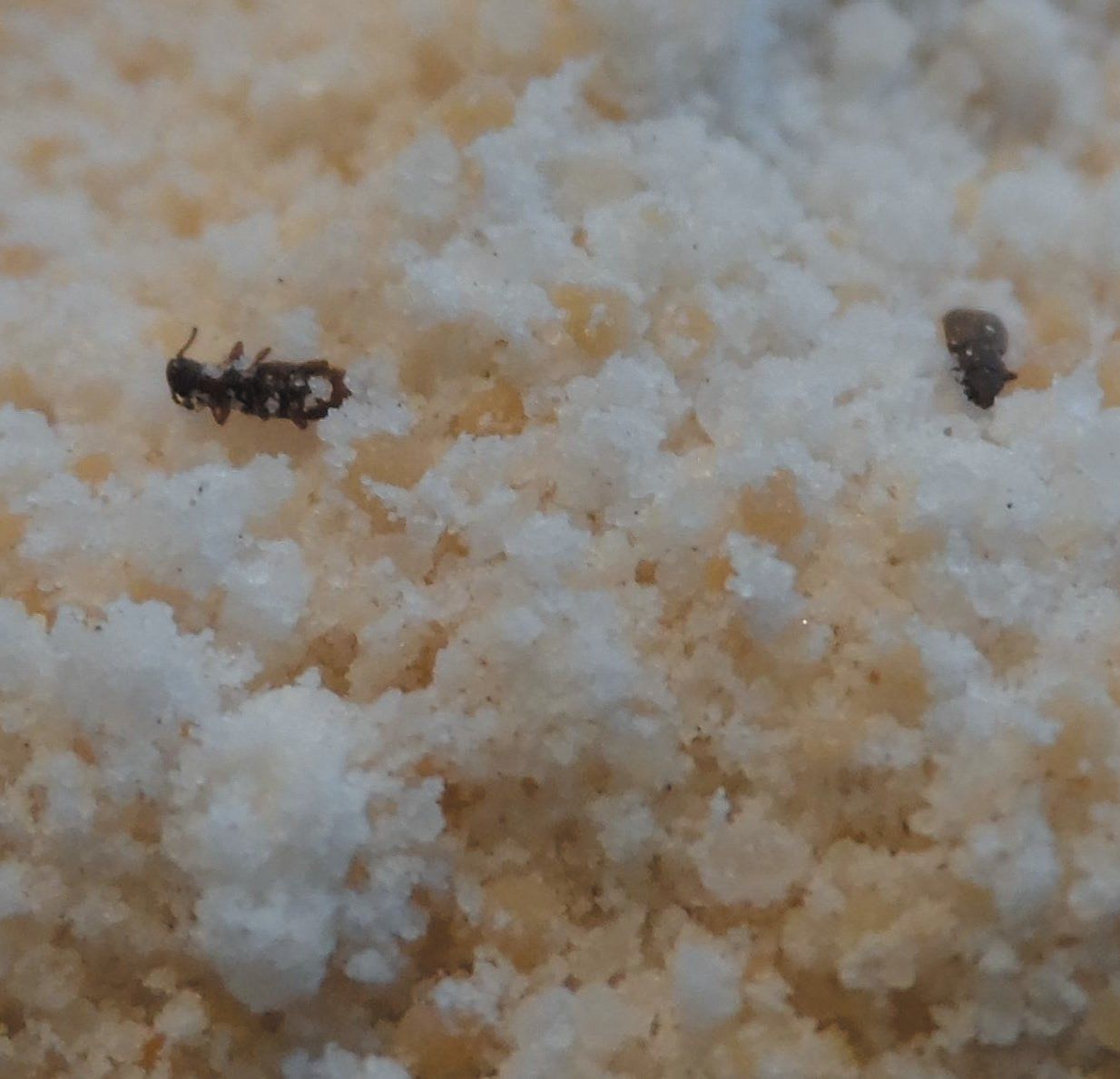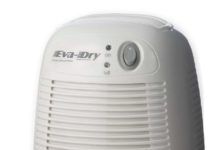Galley Gadgets
The combination of metal elements in stainless steel make stainless the metal of choice in the harsh marine environment. Stainless steel is comprised primarily of iron combined with a minimum of 10.5 percent chromium. Other metals, such as nickel, molybdenum, titanium and copper are added to the alloy to enhance strength and toughness. Marine grade stainless resists corrosion and maintains its strength at high temperatures. Stainless steel is commonly used in boat rigging, boat fixtures and fittings, and stainless steel items are also an excellent choice in the boat galley. Stainless steel appliances are a long-time staple in commercial kitchens and homes; theyre long-lasting, easy to clean and germ resistant. Note, though, that while stainless is corrosion resistant, it is not corrosion proof and saltwater must be rinsed off galley items with a fresh water to prevent corrosion. Saltwater can rust kettles, knives and thermoses through oxidation. Practical Sailor editors have selected the following stainless steel items as top choices for attractive and long-lasting additions for the galley.
Can Dehumidifiers and Wood Boats Mix?
As I was doing research, I was looking at potentially installing a household Honeywell dehumidifier in a 58-foot wooden boat (vented from outside) while connected to shore power, for use in New England where temps this weekend dropped into the 20s F. The water outside obviously is colder than the inside air and the outside air is freezing. However, the boat is well designed with good ventilation and two stoves to keep the cabin warm. The builder, a wise sea captain, told me he would not install a dehumidifier in a wooden boat. In a fiberglass boat, yes, because they sweat and start to smell of unpleasant things. This is a wooden boat, but Im not sure ventilation alone will be effective. My concern that the dehumidifier would dry the oak planks out and possibly open up the seams. If the boat was in San Francisco Bay, I would not be so concerned, but the cold New England temperatures are a worry.
Best Marine Toilet Papers
When testers dismantled Practical Sailors test holding tanks-the site of years of experiments with holding-tank chemicals, sanitation hoses, and vent filters-we hoped that it was the last hands-on contact wed have with marine sanitation systems for a long time. And then a friend came to us seeking advice on curing his regularly clogged head. He had checked the obvious culprits-scale buildup in the hoses, blocked vent, etc.-and found everything in proper order.
Pot Skirt: DIY Cooking in the Wind
The writers and editors at Practical Sailor are perpetual tinkerers-always looking for creative, do-it-yourself solutions to even the smallest onboard problems. We figure our readers likely suffer the same challenges on their boats, so were obliged to share such projects.
Escape with a Good Sailing Book
Weve compiled a list of books fit for summer reading, whether youre relaxing in the cockpit, hanging in a hammock on the bow, or parked on the beach. The list includes page-turning tales of adventure and survival, and lively accounts of maritime history.
Slow(er) Cooking On Board
Staples of the modern home kitchen, Crock-Pots and rice cookers are time-savers, enabling chefs to prepare long-cooking meals without tending the stove for hours. But theres another way to slow-cook foods, one thats easily portable and doesn't require a constant electrical source: retained-heat cooking.
Lessons Learned: Onboard Thermal Cooking
There is a learning curve when using retained-heat cooking. Here are a few of the lessons we learned during testing.
Getting a Grip on Velcro
We think of all stick-and-rip, hook-and-loop fasteners as Velcro-just as we ask for Kleenex after a sneeze-and most tend to have uniformly low performance expectations of these velcro products, assuming that they will have limited holding power from the beginning. These assumptions are not totally unwarranted. Velcro will inevitably be the first component of a canvas project to fail, with ultraviolet rays degrading the fine threads and holding strength dropping to zero within two to four years. When used to mount even the lightest equipment, the velcro fasteners vibrate loose without warning. The Velcros adhesive can slowly ooze off in heat, buckle in humidity, or simply turn to dust. So do any of them actually work? PS testers decided to find out.
Outland Hatch Covers Impress
Ultra-violet light is a relentless villain that destroys vinyl, gelcoat, paint, and lines, bit by bit. The best we can do is delay the inevitable for a season or two with regular maintenance chores like waxing and preventative measures like covering eisenglass or Lexan. Windows, both soft vinyl and the rigid polycarbonate or acrylic sort, are particularly vulnerable and expensive. To protect them, we use light-proof hatch covers, which reduce heat in the summer and provide insulation in the winter.
Search for Safe Boarding Boost
Anyone thats ever hopped on a Jacobs ladder at a fall festival can relate to the feeling of the rope-attached steps swaying wildly from side to side under your weight. Suspended boat-boarding steps can inspire that same unsteady feeling. Ascending the steps, which curve in along the chines of a boat, can throw a climbers center of gravity backward, away from the hull-possibly sending the climber into the drink.



















































